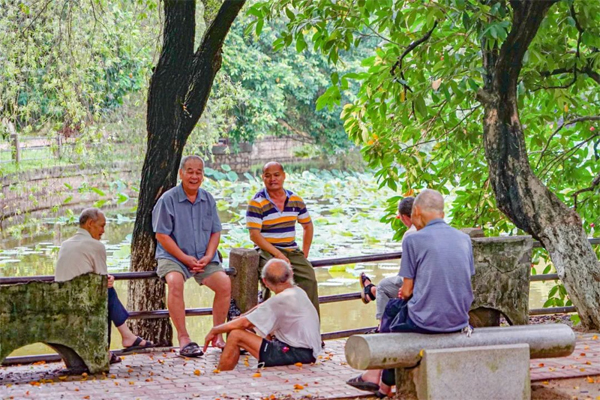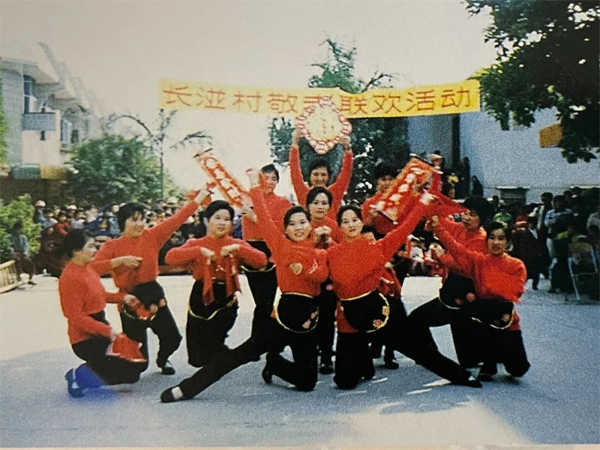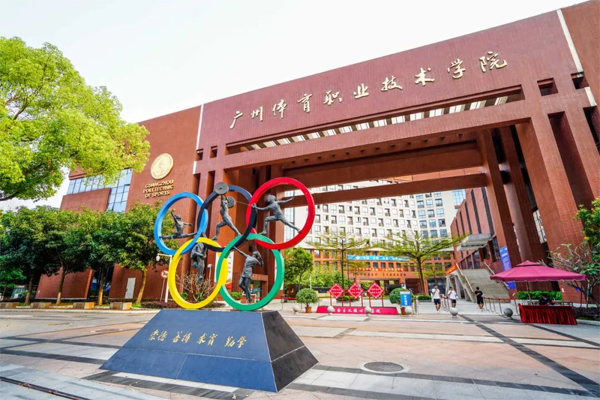Changban, a 'magical' land in Tianhe
In the northern part of Guangzhou's Tianhe district, there is a "magical" area named Changban, which has a history of human habitation history that can be traced back to the Neolithic period more than 2,200 to 4,000 years ago.
By the end of the Song Dynasty (960-1279), a person surnamed Huang decided to build a village here and named it "Changban" due to the swamp among the mountains, with ban meaning "swamp" in Cantonese. There are still several well-preserved ancestral temples in Changban.

A group of seniors talk in front of a pond and under the shade of trees in Changban. [Photo/WeChat account: tianhefabu]
In the 1980s, factories for making zippers, table knives, scissors, decorative lighting, and toys were set up in succession in Changban village, attracting a growing population.
Changban boasts a long tradition of recreational and sports activities. On the 16th day of the first month of the lunar calendar every year, it hosts a variety of activities like a cruise, lion dances, and kung fu performances to celebrate the village's Lantern Festival.
In 1994, it built its cultural and recreational activity center. The Changban music society formed in 1996 and Changban Park was constructed in 1999, where small-scale athletic events are often carried out.

Women give a performance at an activity for respecting seniors in 1999. [Photo/WeChat account: tianhefabu]
The former Weilun Sports School, which is located in Changban and is now named Guangzhou Polytechnic of Sports, has cultivated 10 Olympic champions and over 100 world champions. Chen Aisen, a two-time Olympic champion and three-time world title winner, as well as Fan Zhendong, the world's No 1 paddler in men's singles, graduated from here.

Guangzhou Polytechnic of Sports. [Photo/WeChat account: tianhefabu]
